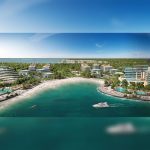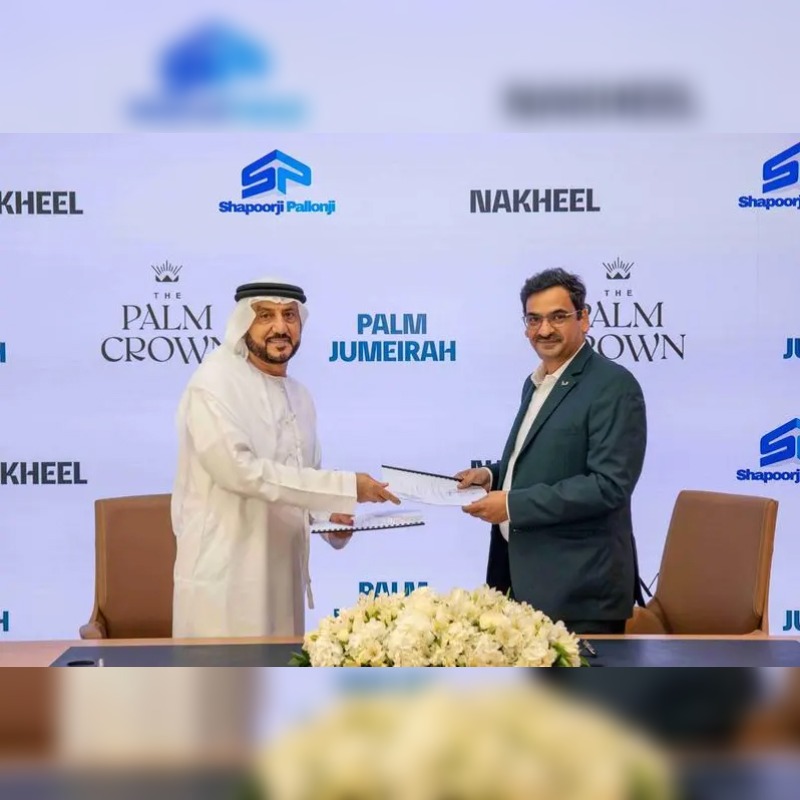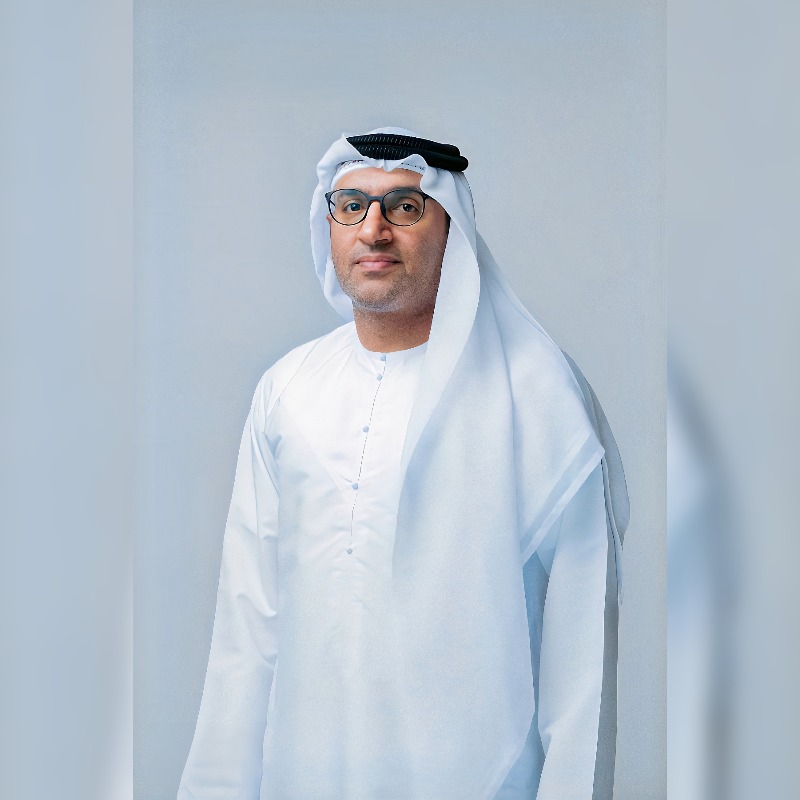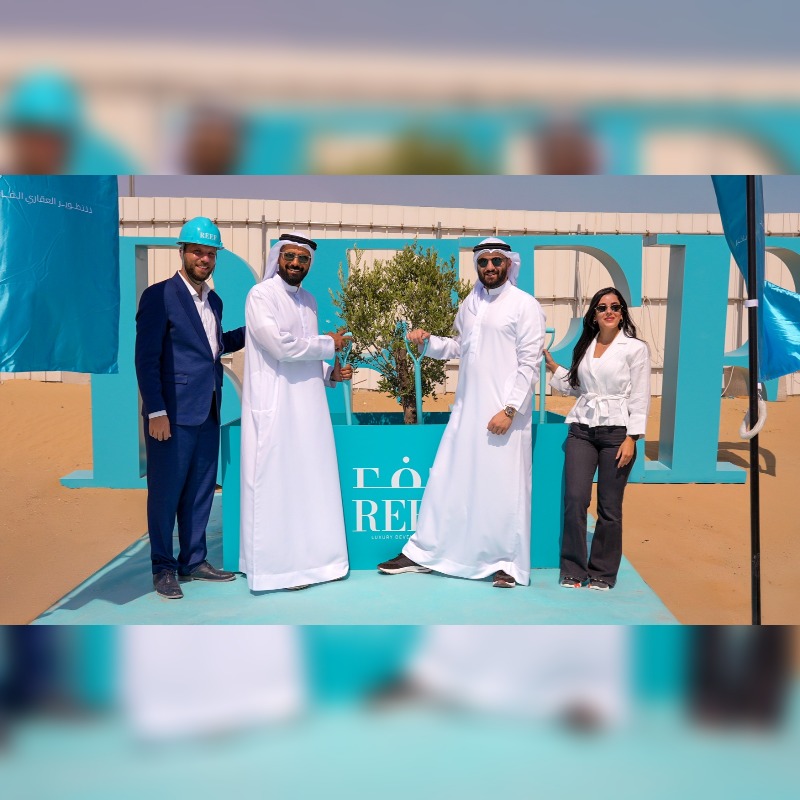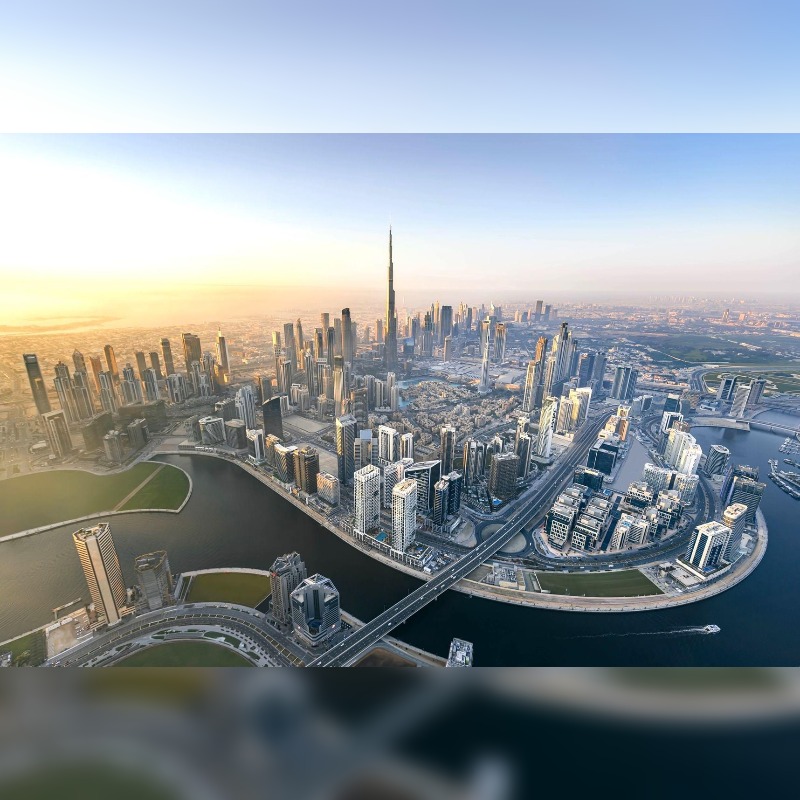
Dubai Real Estate Outlook 2025/2026: $2.6B Luxury Market Defies Mid-Segment Risks
As Dubai enters the 2025/2026 business season, Elite Merit Real Estate shares its latest insights into the city’s property landscape, highlighting a resilient sector defined by record tourism inflows, strong off-plan sales, and an expanded supply pipeline. While these forces underpin continued growth, the scale of new deliveries is expected to shift market dynamics, placing greater emphasis on asset quality, location, and sustainability.
Market Performance and Trends
Dubai’s property market remains solid in 2025, bolstered by both tourism and investor appetite. In the first half of the year, the city welcomed 9.88 million visitors (+6% YOY), with hotels achieving an average occupancy rate of 80.6%. This momentum is supporting demand for rentals and short-term accommodation.
Sales activity continues to rise, particularly off-plan: 69% of transactions in Q1 2025 were off-plan, while average citywide prices climbed 3.7% quarter-on-quarter to reach AED 1,749 per square foot. The luxury property segment is at historic highs. Total transactions for homes priced above US$10 million climbed to US$2.6 billion in Q2 2025, marking a new record for Dubai’s super-prime market.
Supply Surge and Market Adjustment
According to Knight Frank, 70,452 units are scheduled for handover in 2025 and a further 133,041 units in 2026—well above historical averages. While this creates opportunities for buyers, it also raises the risk of a 10–15% price correction(Fitch Ratings), particularly in the mid-market segment where supply is concentrated.
In contrast, premium properties are expected to retain value due to limited availability and strong international demand. Developers with phased handovers, robust financial management, and disciplined escrow practices are best positioned to maintain stability. The next cycle will accelerate the “flight-to-quality” trend, with location, brand, and ESG credentials becoming decisive factors in property valuation.
Investment Opportunities
International investors are increasingly drawn to Dubai’s branded residences. The segment has grown to almost 140 projects, with values that regularly outpace the wider market. For income-driven investors, mid-market communities still provide competitive rental yields, while short-term rentals benefit from a clear Dubai DET framework (AED 300 per bedroom, renewable annually), enhancing compliance and income security.
Diversified, mixed-use projects are also gaining traction. With office vacancy at just 7.7% and rents still climbing, developments combining residential, retail, and office elements are proving resilient, offering steady cash flows and long-term tenants.
Looking Ahead to 2026
Key milestones are set to reshape Dubai’s landscape. Expo Valley (532 units in phase one, with handovers from early 2026) and the relaunch of Palm Jebel Ali (adding 13.4 km of new shoreline) will expand the market’s geographic reach. Expo City, increasingly attractive to European HNWIs, is strengthening Dubai’s status as a global investment hub.
Collectively, these initiatives point to broader demand distribution and an increasingly diverse investment offering into 2026. A rapid increase in supply is the main short-term challenge and may put pressure on growth in the mid-market. Rising borrowing costs and service charges also put pressure on affordability.
However, at the prime and super-prime levels, scarcity of land, continued Golden Visa incentives, and growing international interest are expected to sustain record-high activity. Branded, green, and strategically located developments will be the most resilient performers in the upcoming cycle.



